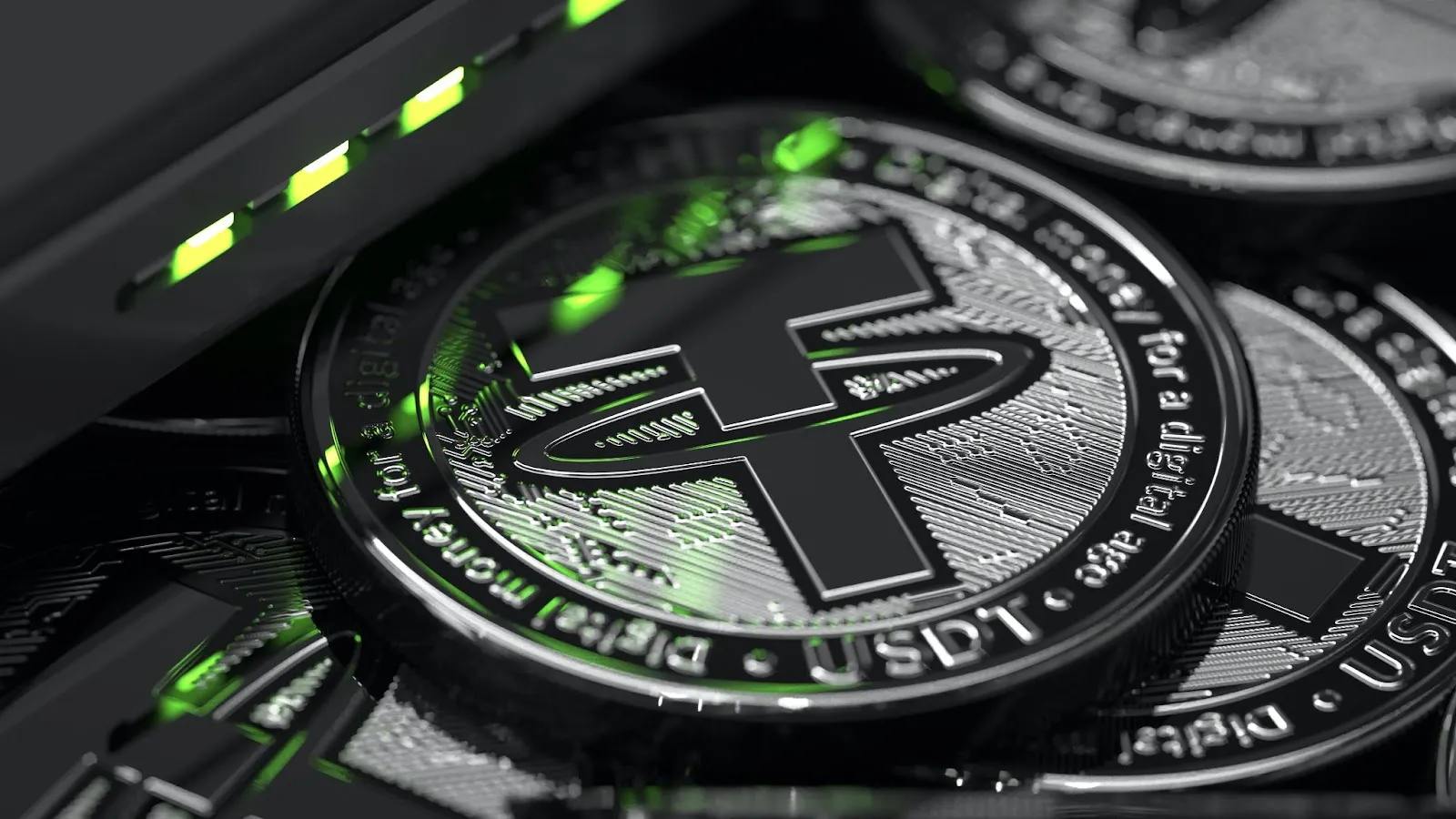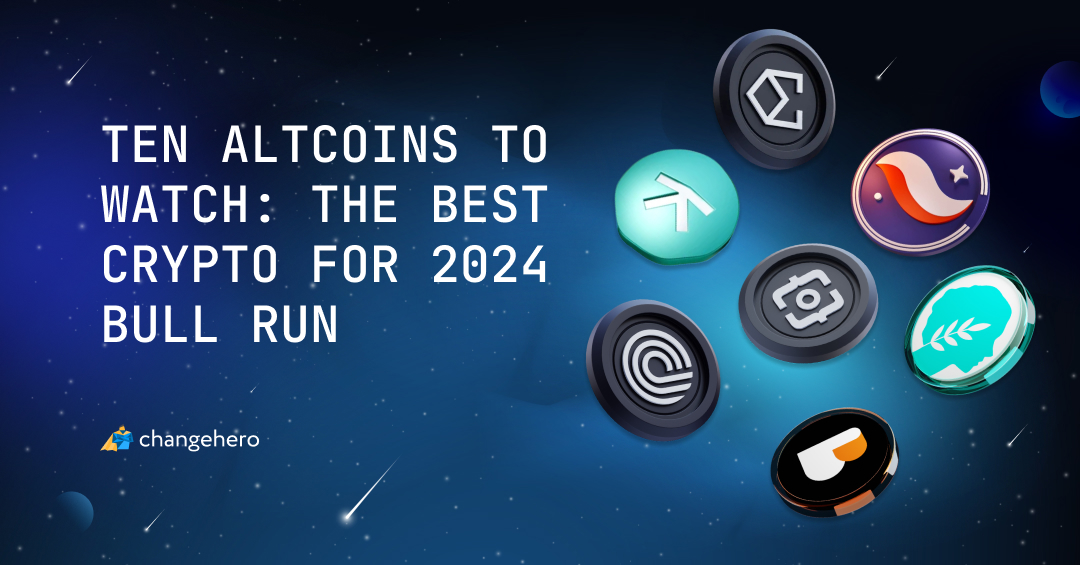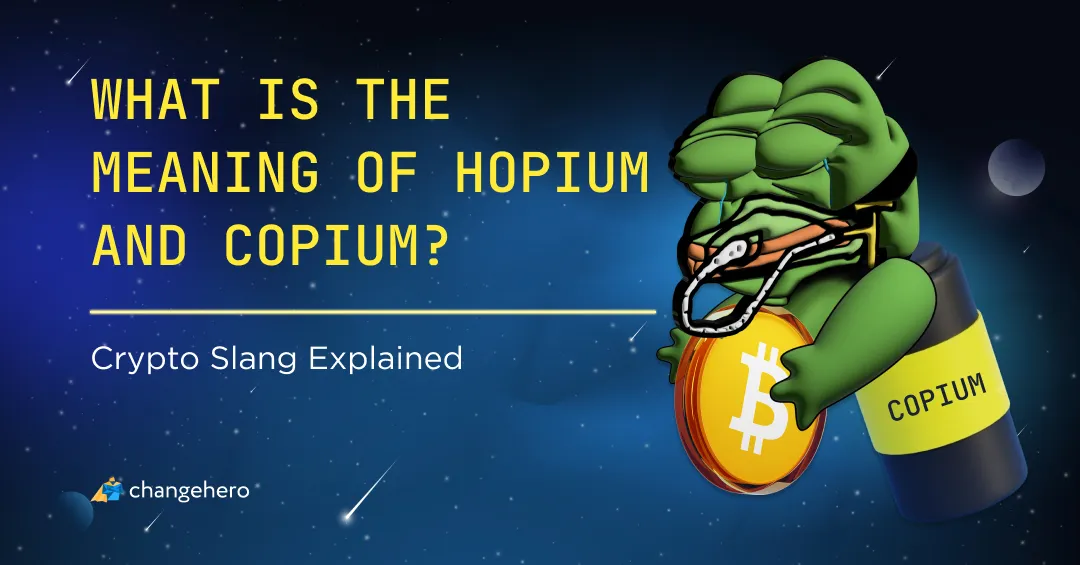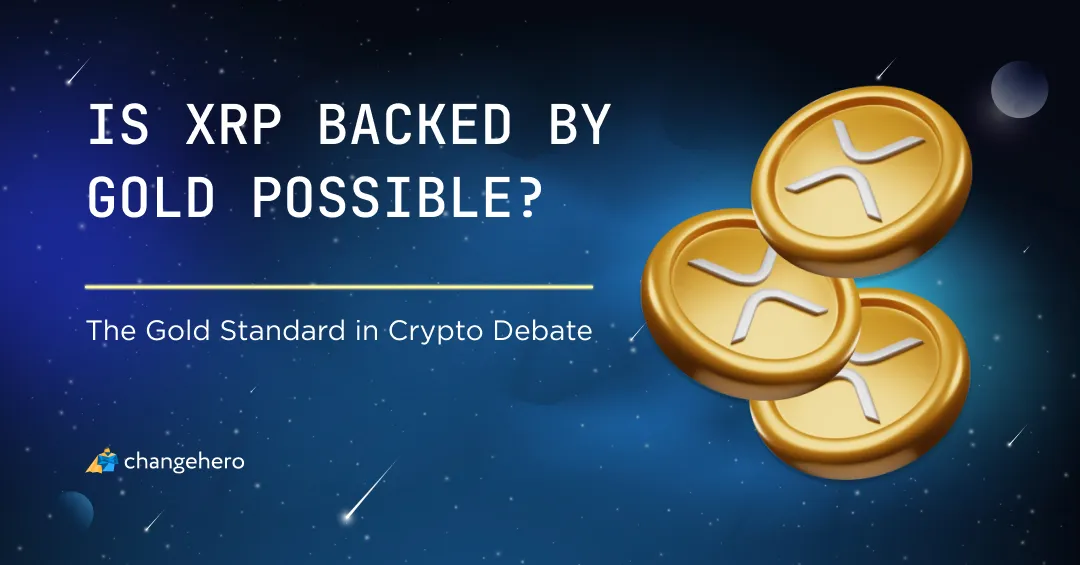After the UST crash, confidence in algorithmic stablecoins started to wane. But are all algorithmic stablecoins flawed by design? What are algorithmic stablecoins made of and what are the risks and advantages? Read our explainer article!
What are Stablecoins? What Types Do They Come In?

A stablecoin is a type of cryptocurrency token, the value of which is tied to the price of another asset: a fiat currency, commodity, or even real estate. The most popular variations of stablecoins on the crypto market today are pegged in a 1:1 ratio to USD.
Stablecoins have become a cornerstone of the market: large amounts of trading volume go through them. These tokens combine the benefits of fiat currencies and the borderlessness and accessibility of cryptocurrencies.
There are several subsets of stablecoins characterized by their backing mechanism:
- fiat-collateralized: their worth is backed by cash and asset reserves in the custody of an issuer. USD Tether and USD Coin are the prime examples;
- Commodity-collateralized are also backed by centralized reserves but the price of a token is tied to a commodity, such as gold. These tokens are more obscure: PAX Gold or Tether Gold;
- Crypto-collateralized stablecoins are a more decentralized alternative to both of the above, since the issuer is a contract. These typically use overleveraging to defend the peg: DAI and Celo Dollar both use this mechanism. Wrapped assets (a token that represents one crypto asset on another blockchain) such as wBTC (an Ethereum token) are also sometimes considered to be a type of stablecoin;
- Algorithmic stablecoins, such as UST, Ampleforth, or even Magic Internet Money. They do not rely on collateral but instead balance the price automatically by various mechanisms, e.g. seigniorage.
What are Algorithmic Stablecoins?
As the name suggests, the value of an algorithmic stablecoin is maintained by algorithms. This is considered to be the least centralized type of stablecoins but it is not a type free of risks.
What algorithmic stablecoins are there in particular?
- Neutrino USD on Waves blockchain. Its value is collateralized by the values of the native token WAVES, both locked in a protocol and liquid;
- Terra protocol worked on a seigniorage model that balanced pools of a stablecoin (UST, for example) and the governance token LUNA;
- Magic Internet Money (MIM) on Avalanche, Arbitrum, Ethereum, and Fantom. It is similar to crypto-collateralized lending protocols but the yield it generates is backed by loans on illiquid interest-bearing tokens;
- Frax stablecoin which is fractionally collateralized. Its governance token Frax Shares (FXS) has a hard cap to prevent extreme supply dilution (which happened with LUNA);
- mStable USD is a stablecoin that is backed by and tracks the value of other major dollar-pegged stablecoins (USDT, USDC, DAI, and others).
Therefore, a double-token design that was made popular by Terra is rather common, but some protocols tried to improve it. And there are quite a few challenges to improve on.
What are Algorithmic Stablecoins Criticized For?
Terra’s depeg and collapse highlighted the risks of the commonly applied seigniorage model.
- Vulnerability to volatility. Governance tokens are more prone to market trends, and sharp changes in price can throw the algorithm off balance;
- Since there is no centralized entity presiding over the algorithm, it is impossible to manually shut off transactions and pause the contract. While generally, it is a plus, in contingencies it limits possible ways of solving and slows extreme measures down, since a consensus has to be reached first;
- Over-leveraging. The Terra USD capitulation was exacerbated by the Anchor Protocol which issued 20% APY on UST deposits;
- Terra’s balancing worked well when there was a demand to balance out the offer. However, when UST lost its peg, the newly minted LUNA was not being bought since investors lost confidence in the platform;
- Centralized meddling. Despite the claims of being decentralized, often protocols are supported and developed by centralized teams. In Terra’s case, Luna Foundation Guard even deployed their crypto reserves to defend the UST’s peg.
Is UST Crash the End of Algorithmic Stablecoins?
There are still multiple projects that work on a design similar to Terra’s. Does it mean that their fall is a question of time?
First of all, they still can learn from Terra’s mistakes and improve. This is especially true for the stablecoins that withstood the capitulation: now is the best time to introduce improvements.
Moreover, not all algorithmic stablecoins share the same design. As mentioned before, there is Frax stablecoin that combines crypto-collateralization with seigniorage, or Neutrino USD that has two tokens backing it.
There is no doubt that UST’s lesson was painful for an unprecedented number of people. But following the shakeout, the projects that managed to take an impact will gain experience in dealing with “black swans”.
Conclusion
In the immediate aftermath of Terra’s crash, all algorithmic stablecoins suffered a hit to their reputation. Nevertheless, the market is still standing and protocols have gained a chance to learn from their competitor’s mistakes.
If you enjoyed this recap, subscribe to our blog or Medium for more. Give ChangeHero a follow on Twitter, Facebook, and Telegram for live updates and more content.








